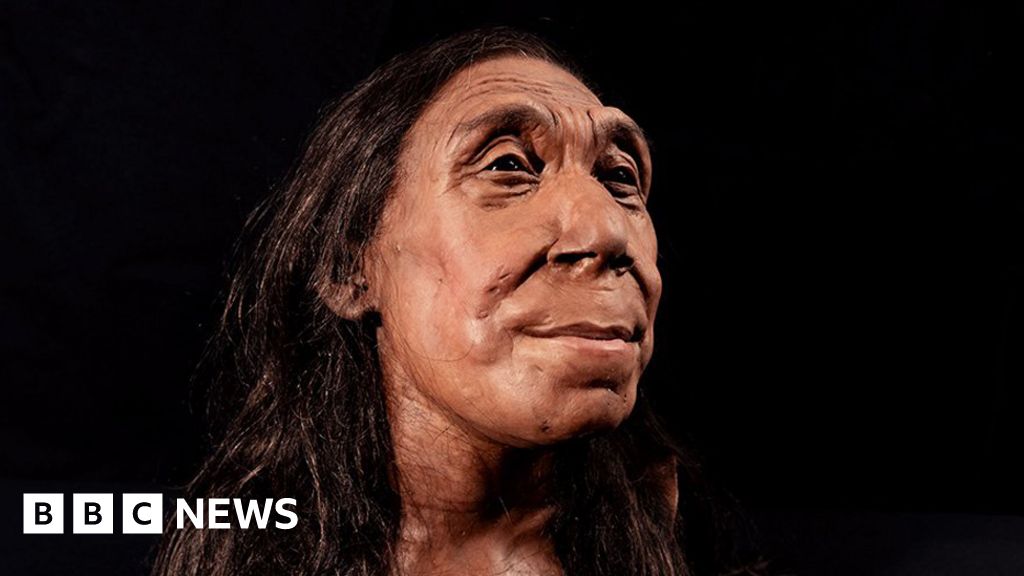The Washington, D.C., my sisters and I grew up in was known as Chocolate City for good reason. As Black children in the city then, we were a majority. We sauntered from school to store to home to kickball field, oblivious to our segregation. When I was a tween, and just beginning to be conscious about the giving of gifts, my sisters and I were Christmas shopping at one of the festive pop-up markets in our corner of the city. We found a stellar gift for one of our grandmothers, which we knew for sure she would love. We knew for sure because of her religiosity.
No one was more openly devoted to the will of the Lord than Ma Jones, our father’s mother. Mabel Irene Young Jones was her name. She traveled very few miles in her lifetime, and yet she traveled a long way during her 65 years in Northwest Washington, D.C., where she was born, Black and poor, in 1912. When she died, in 1977, she was proud to have obtained with her mother and daughter a rowhouse, which they’d purchased collectively and occupied as multiple generations.
Unlike so many Black parents who faced unrelenting poverty and all the attendant ways that Black lives are cut short, Ma Jones had managed to raise to adulthood all four of her children. She had not had to live her life out of order. Her children buried her, and not the other way around.
By her own careful design, Ma Jones was the personification of Black matriarchy: loving, hovering, caring, devoted almost to the point of martyrdom. She worked three jobs not for herself, but for the family; not for herself, but for our future. Not one of us doubted that she modeled herself after Jesus—his behaviors, his ideals. For the most part, we did not talk about religion with Ma Jones; we watched her Christianity in action. For Ma Jones, the principles of Christianity were to be accepted, not discussed.
We found a painting of Jesus who was as chocolate brown as Ma Jones. I can still see her—dark skin ringed with wisdom lines, showing age in the same way as trees. To me, this was definitely a gift opportunity, because the image was recognizable as the holy man Ma Jones was so engaged with. The painted image carried the same gaze as the generalized, ubiquitous portrait of Jesus. But this one was a Black man. His rich brown skin was a pleasant surprise. We had found a religious artifact, but with an update.
Black Jesus in his frame was too big to wrap, so we covered the painting in a sheet and stood it upright behind our grandmother’s couch, which was slipcovered in plastic and never sat upon. Not even by visitors. (If you came into the house and someone was sitting on the sofa, you knew it was death. Or the census. Or the pastor, bringing holy counsel.) Our Black Jesus waited his turn in the holiest spot in the house.
When gift-giving time came, my sisters and I worked as a team to ceremonially reveal our studiously selected present. Our grandmother looked on, smiling. We carefully unsheeted our Jesus, and we watched our grandmother as recognition slowly dawned. Our grandmother’s smile turned downward. While we stood, primped and positively beaming, her smile transitioned to a gasp. Our spirits could not help but droop. Our Christmas dresses and shiny knees at once seemed like overkill. Our grandmother turned and left the room, holding her hand over her mouth. Sacrilege!
Babies of the ’60s, we were shocked, incredulous. Before our era, Black people were discouraged at every turn. We were conditioned to look white or be called ugly. Mostly everything you bought was organized for the white-skinned. Makeup, toys, hosiery, books. White all around. The color marked “nude” or “flesh” was pink or beige. American culture ignored our melanin.
But those days were done! We emerged from the belligerent, fire-hose, and dog-mauling ’60s with hard-won new energy, and big new pride. We chanted with James Brown: Say it loud. I’m Black and I’m proud. We wanted to wear hose dyed for our brown legs, to see dolls with sienna skin and woolly hair, to be self-reflective and not subject to images as imposed. We could and did make purchases that included and reflected our history and our interests and our ebullient view of our culture. We put ourselves on platforms in fashion we curated: kente, head wraps, Afros, African metallurgy, along with flowers, bell-bottoms, and platform shoes. We danced openly to djembe drums.
My sisters and I, though young, were somewhat conscious of the change we were living. We knew we had made progress. We had mantras. Cue James Brown. And so, that Christmas Eve, we watched our grandmother wordlessly flee our unveiling, and we felt dejected and confused. We rested the frame of the painting on our insteps, between the strap and the arc of our patent-leather shoes. Ma Jones’s displeasure and abrupt departure shut down Christmas Eve.
We looked to the adults, assembled and bedecked in their Christmas red, to explain why our grandmother had run from our lovely, if revolutionary, gift. Could they, or would they, explain why our grandmother had not liked our Black Jesus? We were heartbroken that our deep-brown Jesus hadn’t inspired delight. No explanation was forthcoming. But even as a child, raised Christian, you learn that God is a power and a spirit. Children are aware that pictures and books emerge from the human hand.
To see Ma Jones so startled and unsettled has never left me as a memory of this season, even after decades of Christmases. Ma Jones could not or would not face a Black person depicted as the son of a God generally heralded as white. At that time, young and with a limited vocabulary, I was dancing between a poem and a theorem in my mind: If the good God cannot be Black, then just like they say, no Black can be good, and no good can be seen in Black you.
We did not keep the painting. My father took our gift out of the house; I distinctly remember a vibe of removing a bad spirit. We recognized this situation as a peculiar limitation. Ma Jones could love us so thoroughly, and yet her Jesus could not be like us. You learn, quickly, as a Black child in America, that what we can imagine and what we can achieve is bound by the time in which we live. Our Jesus experience raised questions about believing as a Black person in a God depicted and envisioned as white. Ma Jones was not to be blamed that the Jesus that hung in her household was an image of a young white man. She was like other Black Americans passing by that same picture of Jesus as one of the triumvirate of martyrs: Jesus, John F. Kennedy Jr., and Martin Luther King Jr.
Over time, I have come to view this episode as a clash of generations. We could never deny our grandmother’s great pride in her three granddaughters. She was convinced of our beauty and enamored of our potential, and she consistently demonstrated her fond appraisal.
But in her expansive religion, she could not apply any vision of us, or of herself, to the image of the God she worshipped. It is a contradiction resoundingly emblazoned on my formative spirit. Most Christmases, I think of Ma Jones with deep appreciation. And now that he is gone, I think of my father, her devoted son, who whisked away our revolutionary childhood choice, our gift of Black Jesus, into history, into erasure, into the realm of solemn memory. Each new generation barrels on from the past. My sisters and I are now barreling toward matriarchy, but we remember the Christmas when we, as children, had to face my grandmother’s burden of envisioning all that is holy as white.

Sarah Wilson is your guide to the latest trends, viral sensations, and internet phenomena. With a finger on the pulse of digital culture, she explores what’s trending across social media and pop culture, keeping readers in the know about the latest online sensations.








